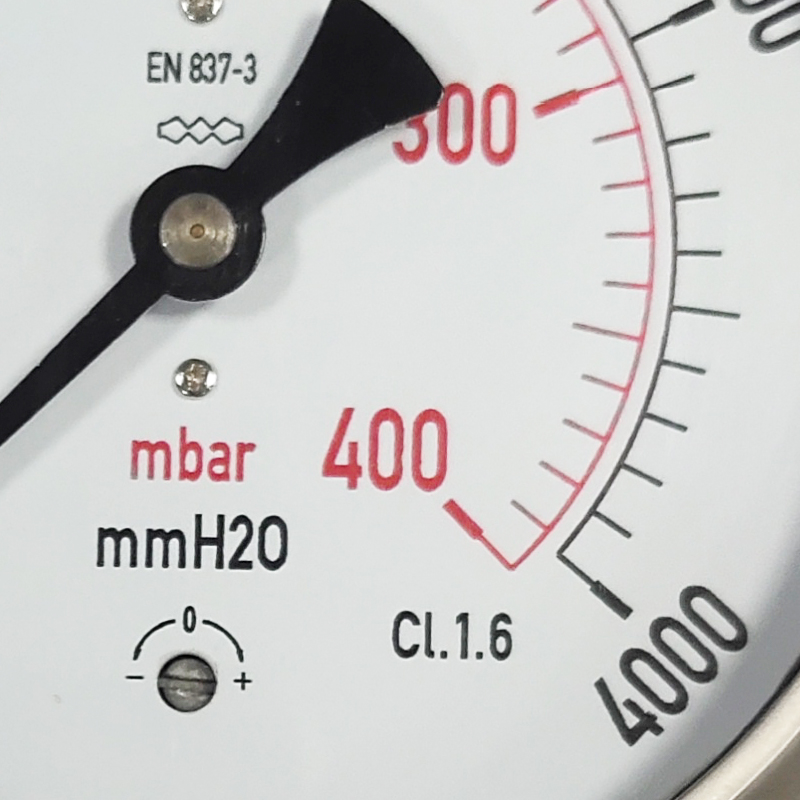
Dec . 03, 2024 22:15 Back to list
Innovative Flange Diaphragm Seal Pressure Gauge Design for Enhanced Accuracy and Performance
Understanding Famous Flange Diaphragm Seal Pressure Gauges
Pressure gauges are essential components in various industrial processes, playing a critical role in monitoring and controlling pressure within systems. Among the various types of pressure gauges, the diaphragm seal pressure gauge stands out for its versatility and ability to handle corrosive and viscous fluids. This article delves into the functioning and applications of famous flange diaphragm seal pressure gauges, exploring their design, benefits, and real-world applications.
What is a Diaphragm Seal Pressure Gauge?
A diaphragm seal pressure gauge is a specialized instrument that utilizes a thin, flexible membrane (diaphragm) to separate the measuring element from the process media. This design ensures that the gauge can operate effectively in conditions where the fluid is corrosive, viscous, or contains solid particles that could otherwise damage traditional gauges. The diaphragm is typically made of materials such as stainless steel, Hastelloy, or PTFE, ensuring compatibility with a wide range of process fluids.
Key Components and Operation
The fundamental components of a diaphragm seal pressure gauge include
1. Diaphragm The flexible membrane that isolates the gauge from the process fluid. 2. Seal Housing The outer casing that protects the diaphragm and allows for easy installation. 3. Pressure Transmission System A system that transmits pressure from the diaphragm to the pressure measuring element, which can be either a Bourdon tube or a piezoresistive sensor. 4. Pressure Gauge Display The visual interface, typically a dial or digital display, where the pressure reading is shown.
When pressure is applied to the process fluid, it exerts force on the diaphragm. This force causes the diaphragm to flex, moving the transmitting mechanism that then provides a pressure reading on the gauge display. The result is an accurate and reliable measurement of pressure, unaffected by the properties of the fluid being measured.
famous flange diaphragm seal pressure gauge

Advantages of Diaphragm Seal Pressure Gauges
1. Protection from Corrosive Fluids The diaphragm seal provides a barrier between corrosive media and the pressure measuring components, significantly extending the life of the gauge. 2. Compatibility with Viscous Fluids In processes involving thick or sticky fluids, a diaphragm seal prevents clogging within the gauge, ensuring consistent performance. 3. Reduced Maintenance Costs The durability and protective nature of the diaphragm seal can lead to decreased downtime and maintenance costs associated with gauge replacement and repair. 4. Versatility Available in different configurations and materials, diaphragm seal pressure gauges can be customized for a wide array of applications across numerous industries.
Applications of Flange Diaphragm Seal Pressure Gauges
Flange diaphragm seal pressure gauges are widely used in various industries, including
1. Chemical Processing In chemical plants, measuring the pressure of corrosive and hazardous chemicals is crucial. Diaphragm seal gauges offer the necessary protection and reliability. 2. Oil and Gas For exploration and production, accurate pressure readings in pipelines and storage systems are necessary. Diaphragm seal gauges can withstand the harsh environments present in these applications. 3. Pharmaceutical High purity and cleanliness are paramount in pharmaceutical applications. Diaphragm seals can be designed to meet stringent hygiene standards, making them suitable for these environments. 4. Water and Wastewater Treatment Monitoring pressure in treatment plants ensures that systems operate efficiently. Diaphragm seal pressure gauges can effectively handle the varying pressures and compositions in this sector.
Conclusion
Famous flange diaphragm seal pressure gauges represent a vital technology in the realm of pressure measurement. Their unique design and functionality make them invaluable in protecting against the challenges posed by corrosive and viscous fluids. With advantages that include increased durability, reduced maintenance costs, and versatility across applications, they are the go-to choice for many industries that prioritize precision and reliability in their operations. As technology and industrial processes continue to evolve, diaphragm seal pressure gauges will likely remain at the forefront of ensuring safety and effectiveness in pressure monitoring across diverse sectors.
-
High-Precision 5 Valve Manifold Differential Pressure Gauge Suppliers
NewsApr.29,2025
-
High-Precision Diaphragm Vacuum Pressure Gauges Manufacturers & Quotes
NewsApr.29,2025
-
Omega Differential Pressure Gauges High Accuracy & Durability
NewsApr.28,2025
-
Low Pressure Differential Pressure Gauges Precision Solutions & Quotes
NewsApr.28,2025
-
Digital Diaphragm Pressure Gaauge Precision Measurement & OEM Quotes
NewsApr.28,2025
-
Differential Pressure Gauge China Price High-Accuracy & Best Quotes
NewsApr.28,2025
